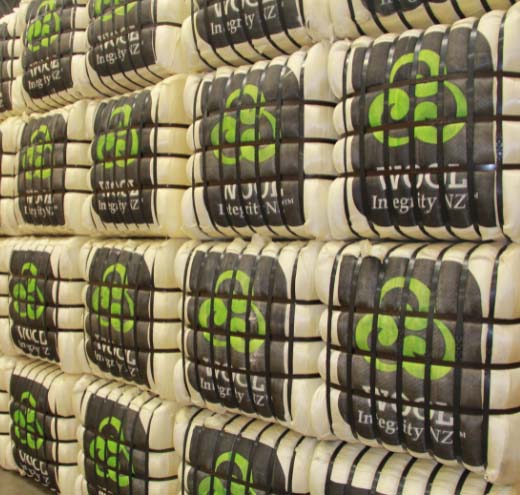Wool Properties and Applications
From farm socks and cosy jumpers to insulation for astronauts and tennis balls at Wimbledon—wool is unmatched in unique technical, health and environmental benefits with endless application possibilities. Humans have been utilising this super-fibre since 10,000 BCE, unleashing its superior strength, temperature regulation, elasticity, fire retardant and breathability attributes.
Alongside its technical advantages, wool boasts environmental benefits by being biodegradable, renewable and natural, particularly favourable in the face of microplastic pollution from synthetic alternatives in the textile industry. Wool also provides users with health benefits including VOC absorption, and temperature and moisture regulation.
Add in New Zealand’s animal welfare standards and Wool Integrity certification with traceability and quality assurance built into every bale, and our wool is the easy choice.
Delve deeper into the benefits of wool and its applications below.
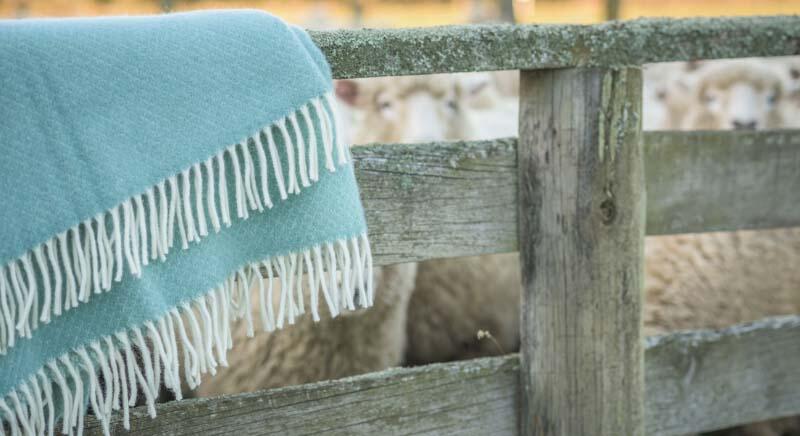
Technical Benefits
Warmth and Breathability
Due to its complex structure, wool has optimum moisture and temperature regulation and the ability to absorb up to 35% of its weight in moisture. Wool can move moisture away from a wearer’s skin and release it through the process of evaporation into the air.
Wool adapts well to changes in temperature, providing warmth in cold temperatures and a cooling effect in warm temperatures. This supports wearers of wool with body temperature regulation and reduces overheating.
Insulative
The crimp or wave of wool fibre creates miniscule pockets of air which provides insulative qualities and makes wool superior in warmth and sound proofing.
Fire Retardant
Wool is the most flame resistant fibre when compared with cotton, rayon, polyester, acrylic and nylon). This is due to its high nitrogen and water content. It requires more oxygen to ignite than other fibres and struggles to support a flame if exposed to a strong heat source.
Wool requires temperatures of 570-600 degrees to ignite and unlike synthetic fibres like polyester and nylon, wool does not melt and therefore doesn’t stick to the skin in the case of fire. In addition, it doesn’t release toxic fumes if burnt.
Acoustic Quality
The natural variations in wool fibre diameter and crimp structure supports sound absorption across a wide frequency range. Carpets, acoustic panels and wall insulation can support noise and echo reduction in interior settings.
Environmental Benefits
Biodegradable
As a fibre made up of keratin (similar to human hair), wool naturally biodegrades in moist, warm conditions with tests showing wool products can break down within 6 months. As wool decomposes, it releases sulphur, nitrogen, phosphorous and potassium acting as a soil conditioner and fertiliser.
Wool is also biodegradable in marine environments with research showing its superior biodegradability of approximately 20% after 90 days compared to synthetic fibres which had virtually no degradation in this time period.
Importantly, when wool biodegrades, it does not release microplastics into our environment making it safer... [for what?]
Renewable
Sheep naturally regrow their fleece every year, with most breeds of sheep requiring shearing to maintain health and wellbeing.
Comparably, synthetic fibres such as polyester require non-renewable fossil fuels and chemical processing to be created.
Long Lifespan
Wool sweaters have an average lifespan of 7.1 years, with some respondents claiming more than 14.8 years due to its high quality, resilience, lower washing frequency. Compared to fast fashion items which are often discarded within a year of purchase and worn less than 10 times, a wool sweater can be worn 400 times within its lifespan. (Ellen MacArthur, 2017, Wiedemann et al., 2021)
Wool requires less washing between wears than other fibres due to its natural odour resistance and shape resilience. When it is washed, it is carried out at a low temperature and usually dried on a washing line rather than electric drier, reducing energy use per wash compared to other fibres.
Wool is also readily recyclable, with recycled wool representing 6% of the global wool market (Textile Exchange, 2024). This can be carried out by stripping products back to a fibre state and reused as a raw material, pulling apart and processing into new products or re-engineering existing products for a different use.
Choosing durable, lower impact and recyclable fibres helps to reduce global textile waste and pollution.
Health Benefits
VOC Absorption
Wool can absorb and chemically bond Volatile Organic Compounds (VOCs) in the atmosphere within the fibre, making it an optimum choice for carpets, insulation and interior furnishing.
VOCs are harmful substances made from chemical elements that can be vapours or gases, causing air pollution. VOCs can be found in many products in homes such as solvents and paints, cleaners, air fresheners, printers, building materials and furnishings. Made up of chemicals such as benzene, formaldehyde, and toluene, they can cause health issues such as respiratory problems, headaches, dizziness and allergies. Modern buildings are better insulated than older ones, therefore they are trapping more air inside our homes and buildings and can decrease air quality.
Asthma and Allergy Friendly
Allergy Standards Limited (ASL) recognises wool bedding to be asthma and allergy friendly, and quality, fine merino garments worn next to skin to be non-irritating and low-risk to people with sensitive skin.
Studies have shown that wearing superfine merino with a diameter less than 17.5 micron for at least 6 hours a day, for 6 weeks, lessens the severity and symptoms of atopic dermatitis and eczema.
Temperature and Moisture Regulation
Moisture can flow through wool fibre twice as effectively than cotton and 10 times better than polyester. Moisture is able to absorbed into the centre of the fibre, away from the wearer’s skin.
Healthy Sleep Promotion
According to the Philips Global Sleep Survey, healthy sleep is as important to people as healthy diet and exercise. Wool sleepwear and bedding can support longer, deeper sleep and reduce wakefulness. Wool provides superior comfort, better thermal insulation and removes sweat through moisture wicking.
Studies of babies sleeping with merino wool found a deeper, more restful sleep, with quicker settling times, less crying, longer sleeps and better weight gain. Better sleep for babies and toddlers up to 3 years supports brain development.
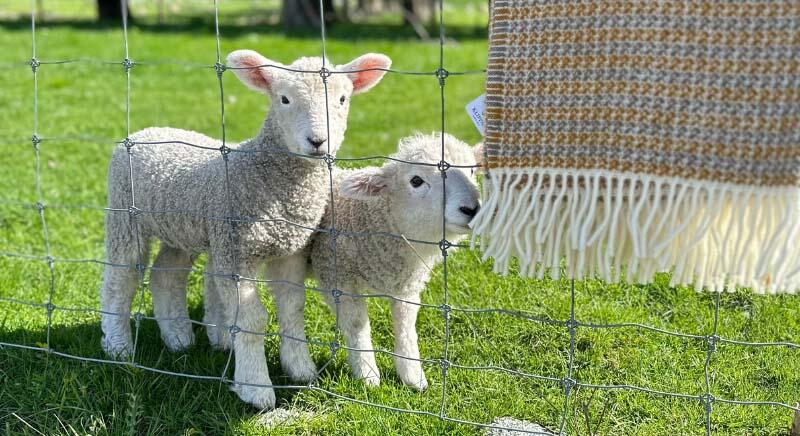
Endless Application Possibilities
With a vast range of different specifications, microns and the incredible properties listed above, wool is the ultimate problem solver. There are countless opportunities to utilise wool in everyday life, high safety environments, industrial applications and new innovations like pigments and beauty products, non wovens and natural blends with other high-performance fibres.
Wool is highly regarded for industries and applications where safety is key. Firefighters, army personnel and environments like trains and aircraft due to its fire resistance and temperature regulation.
Bedding and mattresses are another common use due to wool’s natural breathability keeping the user warm in cold weather, and cool in warm weather. Everyone loves a good night sleep, and it also has a positive flow on effect on the user’s health.
Wool fibre has natural interlocking scales on its outer surface that ensure fibre strength, pliability, and natural resistance to dirt and stains making it an ideal candidate for rugs and carpets.
People have been wearing woollen garments for thousands of years, with more recent applications in performance and sport apparel.
Wool is a superior insulation material with excellent sound-absorbing qualities and inbuilt humidity regulation—an ideal candidate for home and industrial applications.
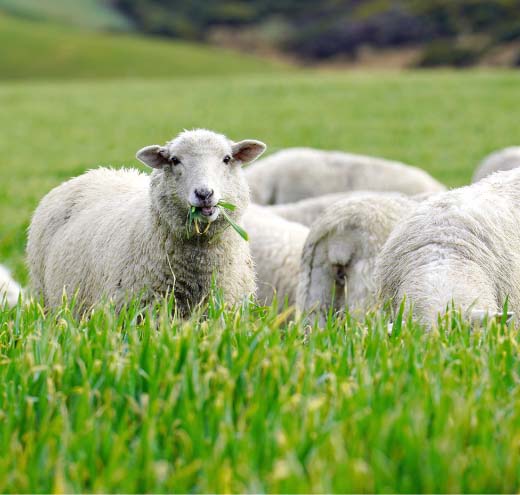
Animal Welfare
View Animal Welfare Standards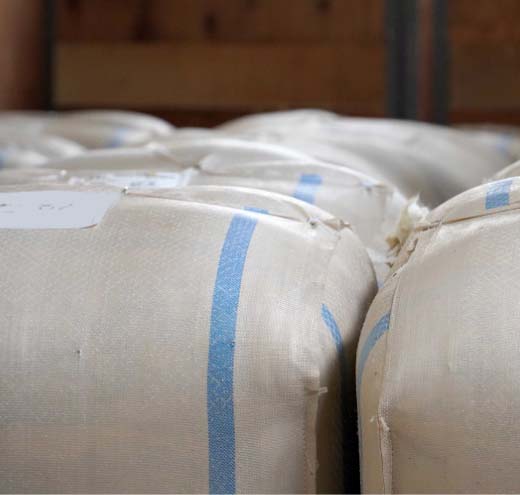
Stories
Read Partnership Profiles